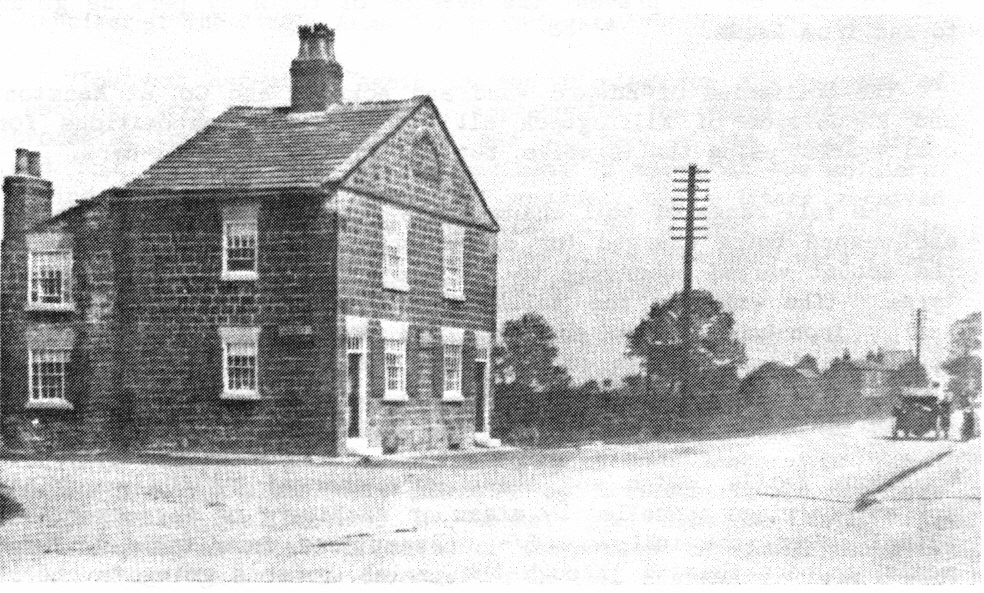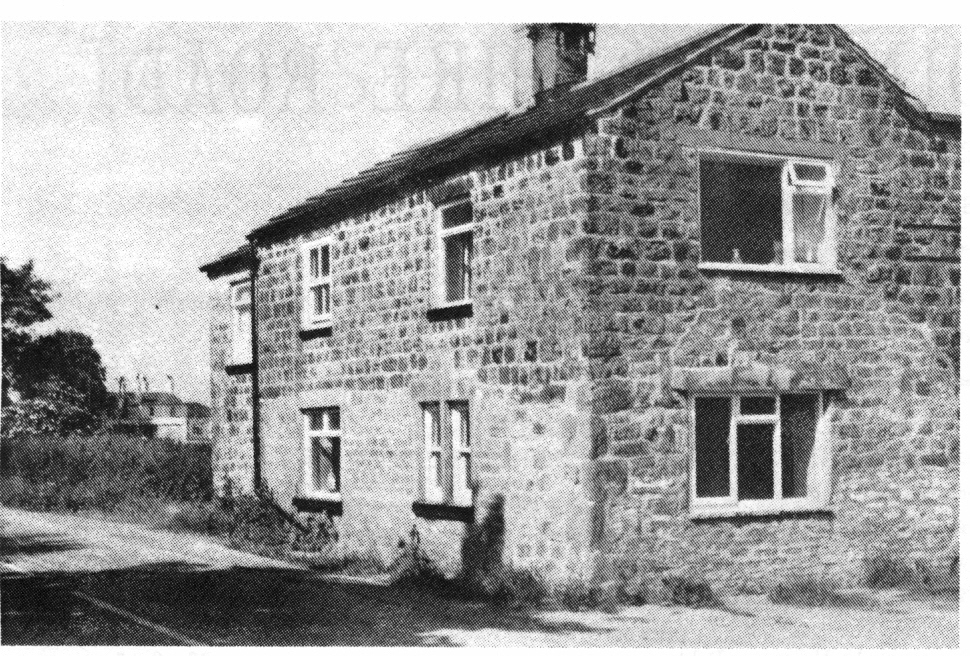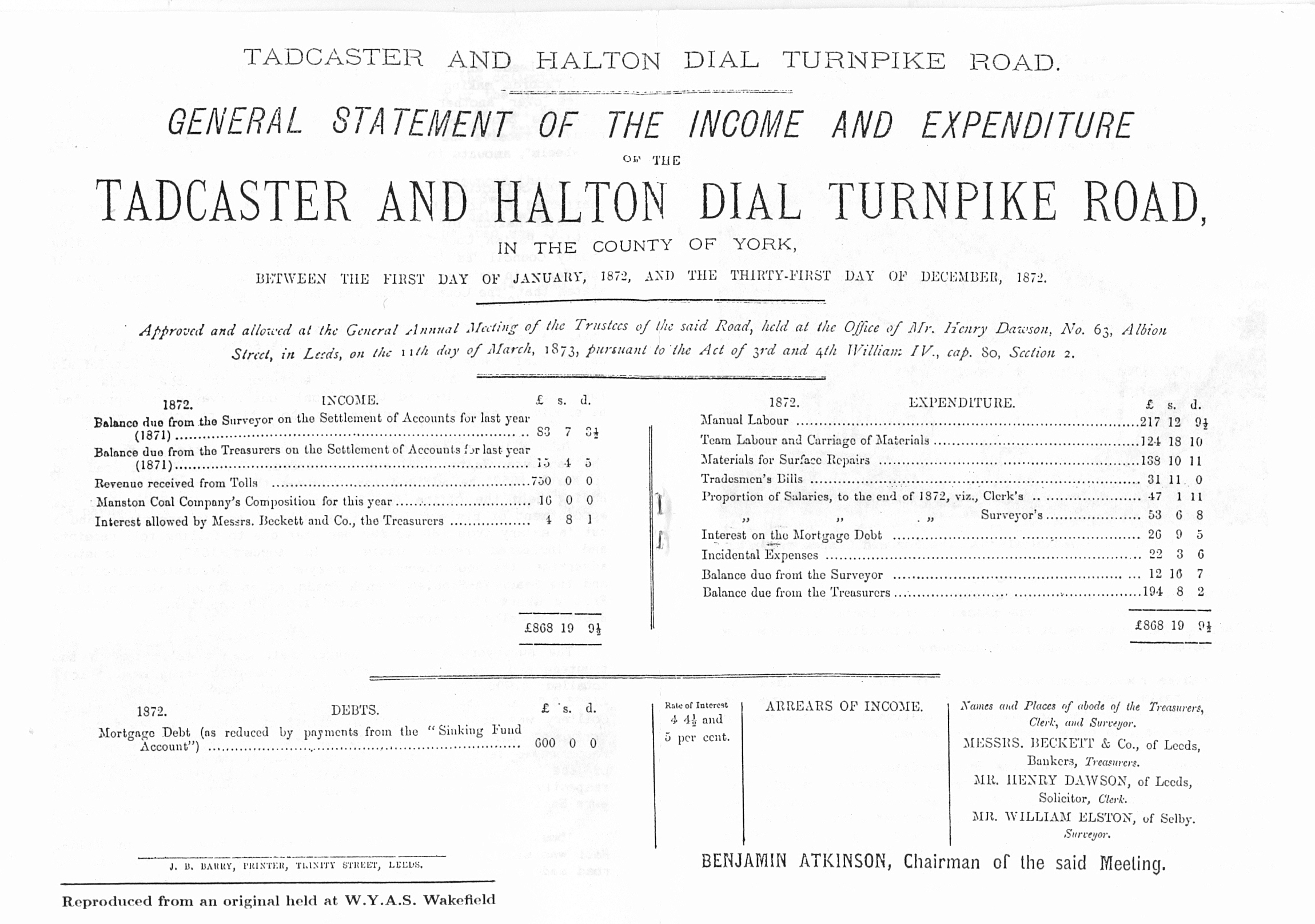 |
| The Penny Toll, Seacroft. circa 1920 |
| 'In June a remarkable riot took place in Leeds, dignified by the name of Leeds Fight. Much discontent had arisen at the passing of the Turnpike Act, and various acts of violence had been committed, in which many persons were wounded, especially in an attempt to demolish the turnpike-house at Harewood Bridge, which was defended by Edwin Lascelles, Esquire, with a number of his tenants and workmen.' |
| Leeds to Selby | 1740 - 1874 |
| Tadcaster to Halton Dial | 1750 - 1873 |
| Leeds and Roundhay | 1807 - 1867 |
| Seacroft and Scholes Branch Road | 1840 - 1882 |
 |
| The Penny Toll, Seacroft. circa 1920 |
 |
| Bar House Farm, Kiddal Lane. (1988). The Fox and Grapes on left. |
 |
The accounts of the Turnpike Road 1872 |
TONY COX |